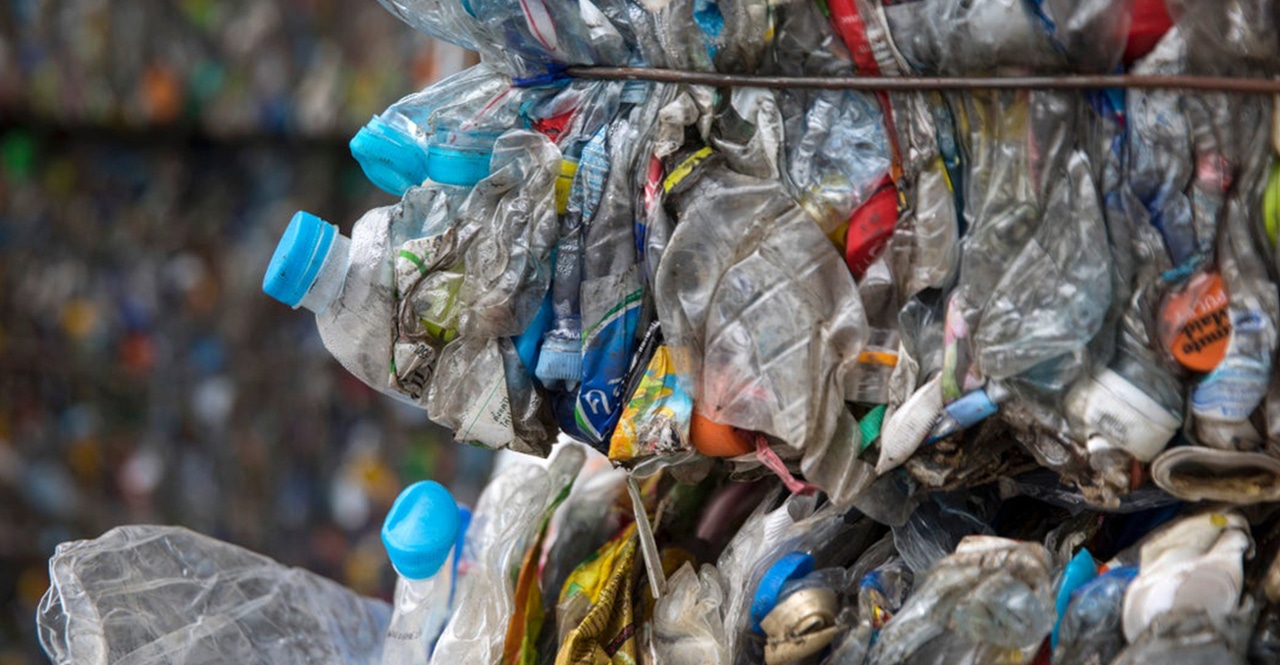The Essential Function of Correct Liquid Waste Removal Strategies in Waste Monitoring
In the world of waste management, the importance of utilizing appropriate fluid waste elimination approaches can not be overstated. It is within this structure that the implementation of audio fluid waste elimination methods stands as a keystone of responsible waste administration methods.
Significance of Correct Liquid Waste Elimination
Why appertains liquid waste removal vital in keeping environmental and public health standards? Proper fluid waste elimination is vital for safeguarding the setting and maintaining public wellness criteria. Liquid waste removal. Fluid waste, otherwise managed properly, can pose serious dangers to communities, water resources, and human health and wellness. Improper disposal of liquid waste can result in contamination of groundwater, surface area water, and dirt, creating harm to water life, plants, and potentially endangering human populaces.
Ecological Advantages of Effective Strategies
Implementing reliable fluid waste removal strategies not only safeguards the environment yet additionally plays a critical function in maintaining public wellness criteria. Incorrect disposal of fluid waste can lead to contaminants seeping right into the soil and eventually reaching groundwater tanks, impacting both human health and wellness and ecosystems.
In addition, reliable liquid waste removal techniques aid reduce the risk of waterborne diseases. By making sure that unsafe materials are not launched into water bodies, the spread of illness caused by polluted water can be lessened. Moreover, correct waste monitoring techniques add to the preservation of marine life. Harmful chemicals in liquid waste can have harmful impacts on marine and fresh water organisms, interfering with ecological communities and biodiversity.
Health Effects of Inadequate Removal
The detrimental wellness implications connected with insufficient fluid waste elimination underscore the important relevance of proper disposal techniques and reliable administration practices. Improper removal of liquid waste can result in the contamination of water resources, presenting serious wellness risks to both human beings and wildlife. When fluid waste containing harmful chemicals, microorganisms, or various other contaminants is not sufficiently gotten rid of and dealt with, it can permeate into groundwater, rivers, and seas, compromising the top quality of drinking water and aquatic environments.
Direct exposure to contaminated water because of poor fluid waste elimination can result in different health and wellness issues, consisting of stomach health problems, skin infections, respiratory system issues, and a lot more serious problems such as organ damages or neurological conditions. Additionally, the launch of without treatment fluid waste into the setting can add to the spread of waterborne conditions, developing public health and wellness situations that call for significant sources to address.
For that reason, carrying out proper fluid waste removal methods is crucial to guarding public health and wellness and maintaining the stability of ecological communities. Liquid waste removal. By focusing on efficient waste monitoring practices, we can minimize the wellness threats connected with inadequate liquid look these up waste elimination and promote a much healthier atmosphere for all
Duty in Avoiding Water Contamination
Efficient fluid waste removal techniques play an essential duty in protecting against water contamination and guarding public health. Incorrect disposal of liquid waste, such as neglected sewage or commercial effluents, can bring about the contamination of water resources, presenting serious threats to human health and wellness and the setting. When liquid waste is not adequately gotten rid of and treated, unsafe compounds can leak right into groundwater, rivers, and oceans, infecting drinking water products and aquatic ecological communities.
Polluted water can lug a series of pollutants, including microorganisms, heavy steels, and chemicals, that have the prospective to trigger waterborne illness, eco-friendly damages, and long-term health and wellness impacts in humans and wild animals. Appropriate liquid waste elimination techniques, such as wastewater therapy plants, septic systems, and industrial effluent therapy centers, are necessary for eliminating or counteracting hazardous impurities before they can enter water bodies.
Making Certain Safe Disposal Practices
Making certain correct disposal techniques for liquid waste is important to secure water sources and public health and wellness from contamination threats. Safe disposal practices include adhering to laws and guidelines set forth by ecological firms to minimize the impact of fluid waste on the setting. Appropriate control and storage of fluid waste more info here are critical to stop leakages or spills that might seep into the dirt and contaminate groundwater resources. Applying effective treatment approaches, such as filtration or chemical procedures, before disposal can likewise significantly reduce the hazardous results of fluid waste on the atmosphere.

Final Thought
To conclude, appropriate liquid waste removal strategies play an essential duty in waste monitoring by preventing environmental contamination and guarding public health. Reliable removal approaches ensure the safe disposal of liquid waste, lessening the unfavorable influence on environments and water sources. It is important for individuals and markets to adopt accountable practices to reduce the hazardous impacts of improper fluid garbage disposal.
In the world of waste management, the significance of utilizing ideal fluid waste elimination approaches can not be overemphasized. It is within this structure that the implementation of sound fluid waste removal techniques stands as a keystone of liable waste administration techniques.
